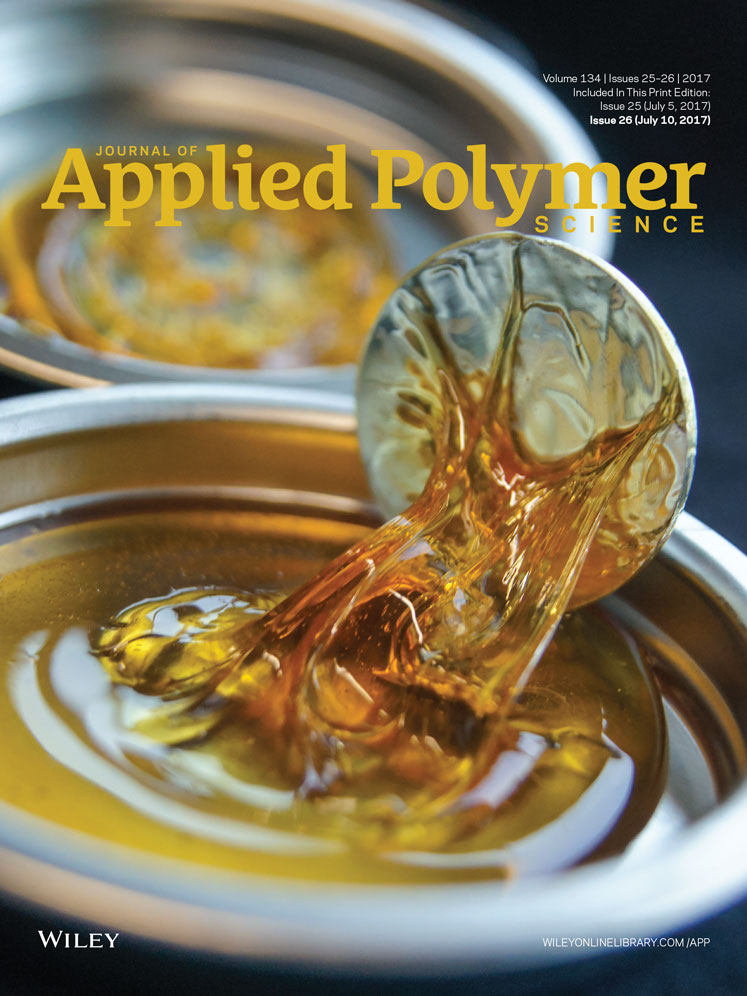Preparation of antibacterial cellulose with s-triazine-based quaternarized N-halamine
ABSTRACT
To reduce the neutral salt used in the textile finishing with s-triazine derivatives, a novel s-triazine-based quaternarized N-halamine precursor was synthesized by two simple steps and characterized by H-NMR and FT-IR. This compound can be effectively coated onto cellulose by nucleophilic substitution process without neutral salt. The treated cellulose was rendered with powerful biocidal efficacy after transferring to an N-halamine structure by exposing to dilute sodium hypochlorite solution through the synergistic antimicrobial effect quaternary ammonium salt and N-halamine. The chlorinated samples could inactivate 6-logs of Staphylococcus aureus and Escherichia coli O157:H7 within 1 min and 5 min, respectively. In addition, about 50% of oxidant chlorine remained after 50 washing cycles and 30 days storage, and all of the lost active chlorines in the N-halamine molecules recovered after exposing to bleach solution. With these advantages, the as-prepared antimicrobial fabrics will have potential application, especially in the medical and healthcare textiles. © 2017 Wiley Periodicals, Inc. J. Appl. Polym. Sci. 2017, 134, 44998.




